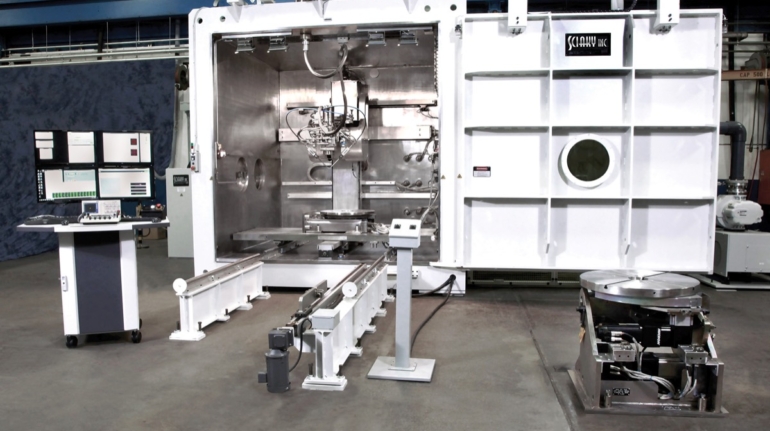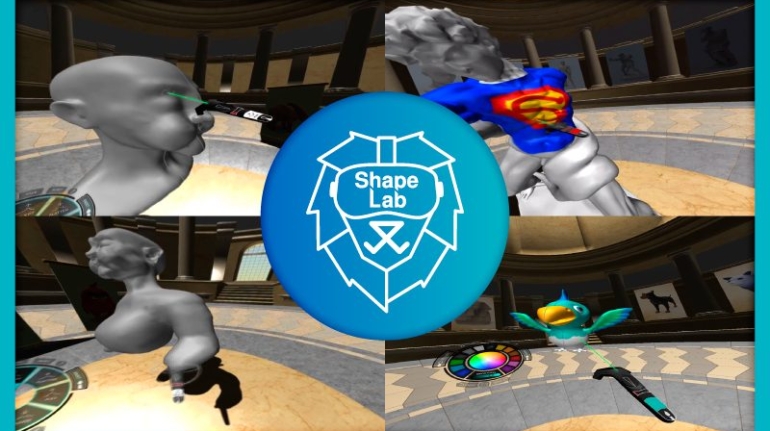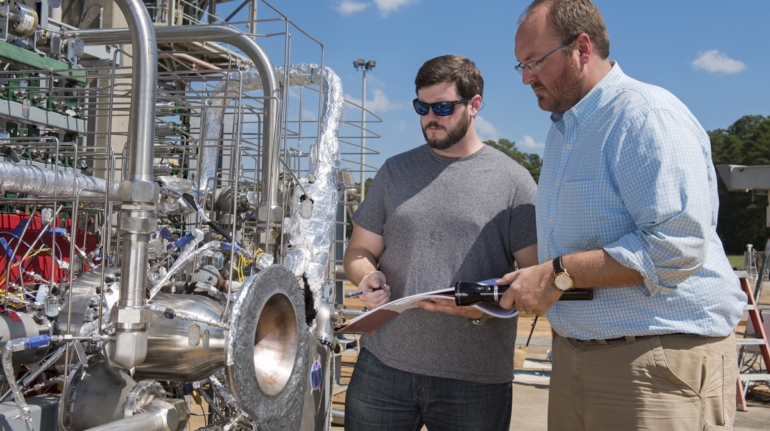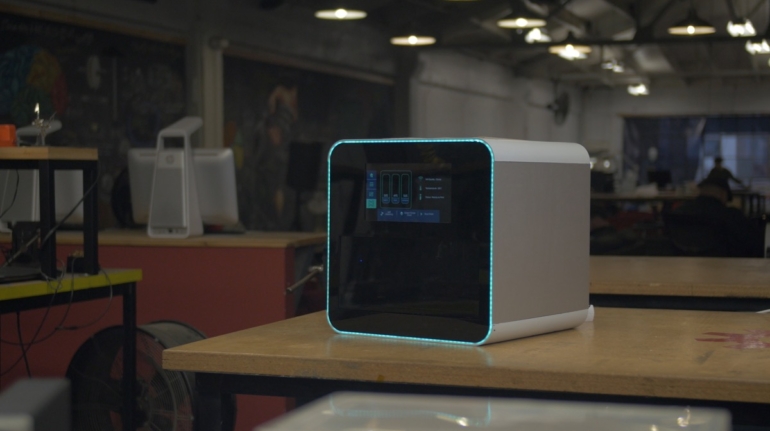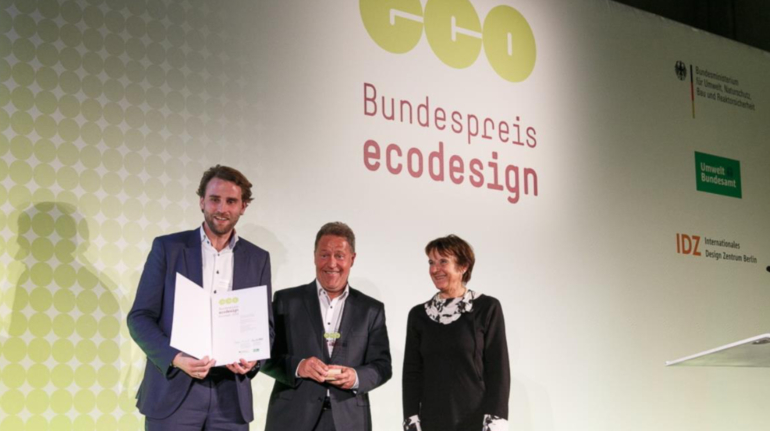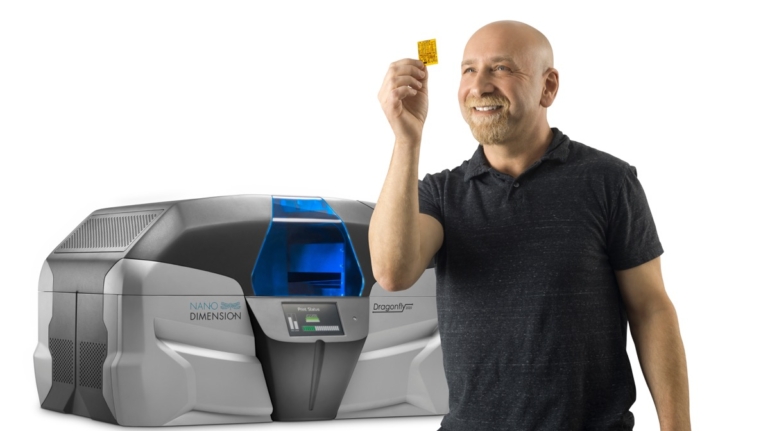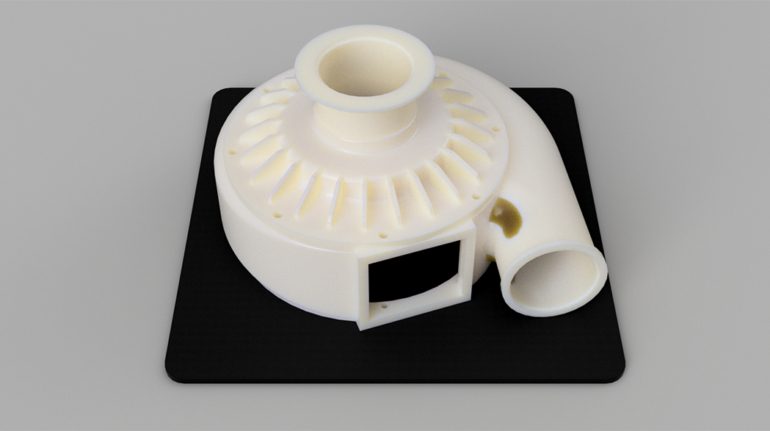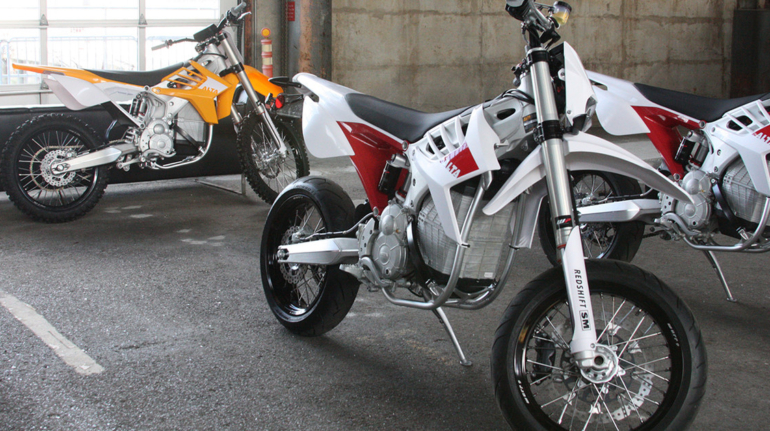Nano Dimension, a leader in the field of 3D Printed Electronics, will showcase its 3D printer for professional printed circuit boards (PCBs) and electric circuits in Eureka Park during CES 2017. The technology sits firmly at the intersection of 3D printing and printed electronics, and sets new standards for accuracy, complexity and multi-materiality in the fields of 3D printing and electronics prototyping. Founded in 2012, Nano Dimension focuses on the development of advanced 3D printed electronics systems and additive manufacturing. Nano Dimension’s unique products combine 3D inkjet, 3D software and nanomaterials. The company’s primary products include the first 3D printer dedicated to printing multilayer PCBs (printed circuit boards), and advanced nanotechnology-based conductive and dielectric inks. In addition to the trading of the company’s American Depositary Shares on NASDAQ, the company’s ordinary shares are also traded on the TASE in Israel. The Bank of New York Mellon serves as the depositary for Nano Dimension.

